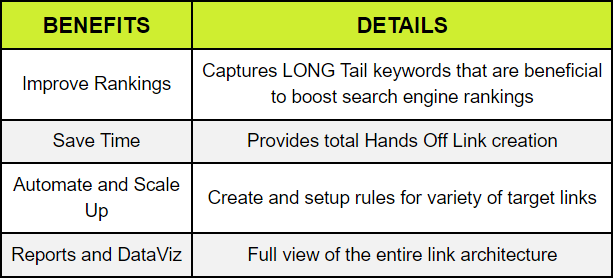If content is king, then SEO is the kingmaker. In the digital realm, the visibility of your content on search engine results pages (SERPs) is crucial. While keywords and content strategies are vital, the technical side of SEO, particularly the choice of development tools, plays a foundational role. Among these tools, Next.js stands out as a powerful ally for SEO.
Introduction to Next.js
Next.js, an open-source, React-based framework, is renowned for its ability to create performant and scalable websites. With features like file-based routing, TypeScript support, and multiple rendering methods, it’s a go-to for developers aiming to build everything from e-commerce sites to blogs.
Why Next.js is Good for SEO?
1. Server-Side Rendering (SSR)
Next.js uses Server-Side Rendering as opposed to traditional React’s client-side rendering. This means that web pages are rendered on the server before being sent to the client. This approach has several SEO benefits:
- Improved Indexing: Search engines can easily crawl and index the content since the rendered HTML is readily available, enhancing the site’s visibility.
- Better User Experience: Users see a fully rendered page immediately, which can positively impact engagement and reduce bounce rates.
- Enhanced Performance: SSR can lead to faster load times as the browser doesn’t need to download and execute JavaScript to render the content.
2. Improved Load Times
Next.js optimizes site performance, which is a critical factor for SEO. Key metrics like First Contentful Paint (FCP) are enhanced due to:
- Optimized Assets: Next.js optimizes images and other static assets for faster loading.
- Server-Side Rendering: As mentioned, SSR contributes to quicker content visibility for the user.
- Efficient JavaScript Execution: JavaScript code is executed more efficiently, contributing to a faster rendering process.
3. Code Splitting
Next.js improves site performance and SEO through Code Splitting. This technique involves:
- Splitting JavaScript Code: JavaScript code is divided into smaller chunks or bundles.
- Reduced Load Times: Smaller bundles mean quicker load times, as users only download the code necessary for the page they are visiting.
- Improved Total Blocking Time (TBT): By reducing the size of JavaScript files, the browser can process them faster, decreasing the time during which the page is unresponsive.
Key Features of Next.js for SEO
Next.js offers several features directly impacting SEO positively:
- Font Optimization: The next/font module in Next.js 13 optimizes fonts, enhancing performance and reducing layout shifts.
- Image Optimization: Next.js’s custom image component optimizes image formats and sizes, crucial for SEO.
- Metadata Management: Custom head components in Next.js allow for effective metadata management, a key SEO factor.
Choosing the Right Rendering Method
Next.js offers various rendering methods, each with its SEO implications:
| Rendering Method | SEO Suitability |
| Static Site Generation (SSG) | Best for SEO, suitable for pages that don’t require frequent updates. |
| Server-Side Rendering (SSR) | Good for SEO, ideal for frequently updated content. |
| Incremental Static Regeneration (ISR) | Combines benefits of SSG and SSR, keeping content fresh. |
| Client-Side Rendering (CSR) | Not recommended for SEO-critical pages. |
Integrating Next.js with Headless CMS
Pairing Next.js with a headless CMS like Prismic enhances SEO by providing a seamless content management interface and allowing for a custom frontend.
Conclusion
Next.js stands as a formidable tool in the SEO arsenal. Its server-side rendering, code-splitting capabilities, and integration with headless CMS solutions make it an excellent choice for building SEO-friendly websites.
FAQs
1. Why is Next.js better for SEO compared to traditional React?
Next.js improves SEO through server-side rendering, faster load times, and better handling of metadata and images.
2. Can Next.js work with headless CMS for SEO?
Yes, integrating Next.js with a headless CMS like Prismic can significantly enhance SEO performance.
3. Which rendering method in Next.js is best for SEO?
Static Site Generation (SSG) is generally considered the best for SEO in Next.js.

